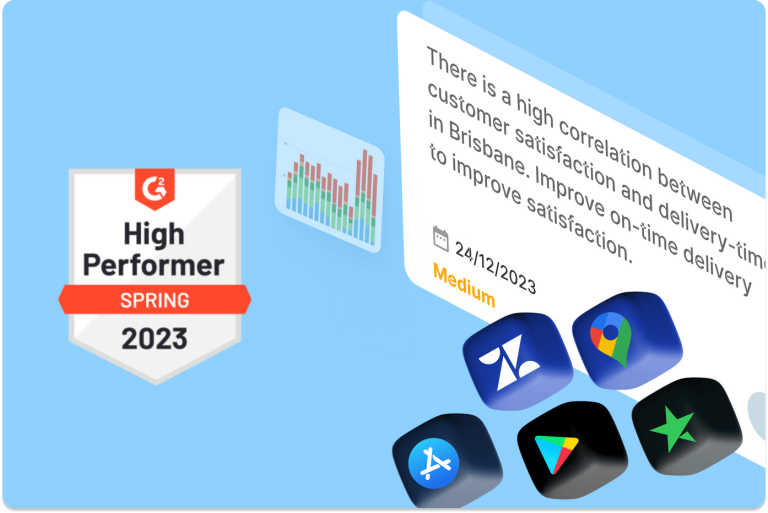
Mastering Omnichannel Customer Engagement: A Comprehensive Guide
The term “omnichannel” refers to providing a seamless and integrated experience across various channels, ensuring a cohesive journey for customers regardless of the platform or device. In this comprehensive guide, we’ll delve into the essence of omnichannel customer engagement, explore its importance, and outline strategies to master this approach for enduring business success.







